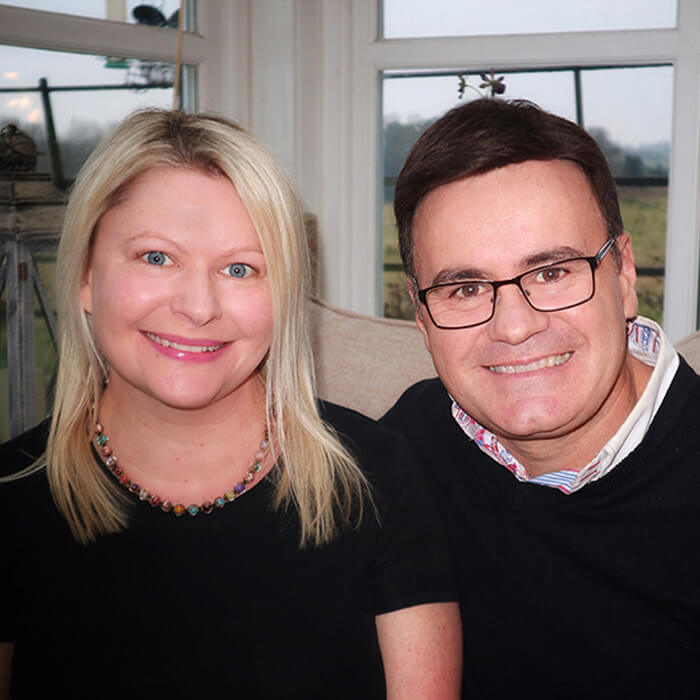No Results Found
The page you requested could not be found. Try refining your search, or use the navigation above to locate the post.
The page you requested could not be found. Try refining your search, or use the navigation above to locate the post.

Hi, we’re Sarah & Cooper. Welcome to Travel Live Learn! We’re Aussie expats currently living in the UK (for the third time!) with our adorable Westie, London. Our mission? To inspire you to embrace a life of adventure—whether it’s travelling longer, relocating to the UK or Europe, or exploring the freedom of remote work and digital nomadism. Enjoy your time on our site! We'd love to stay in touch: subscribe for our weekly stories, updates and remote work job opportunities direct to your inbox.